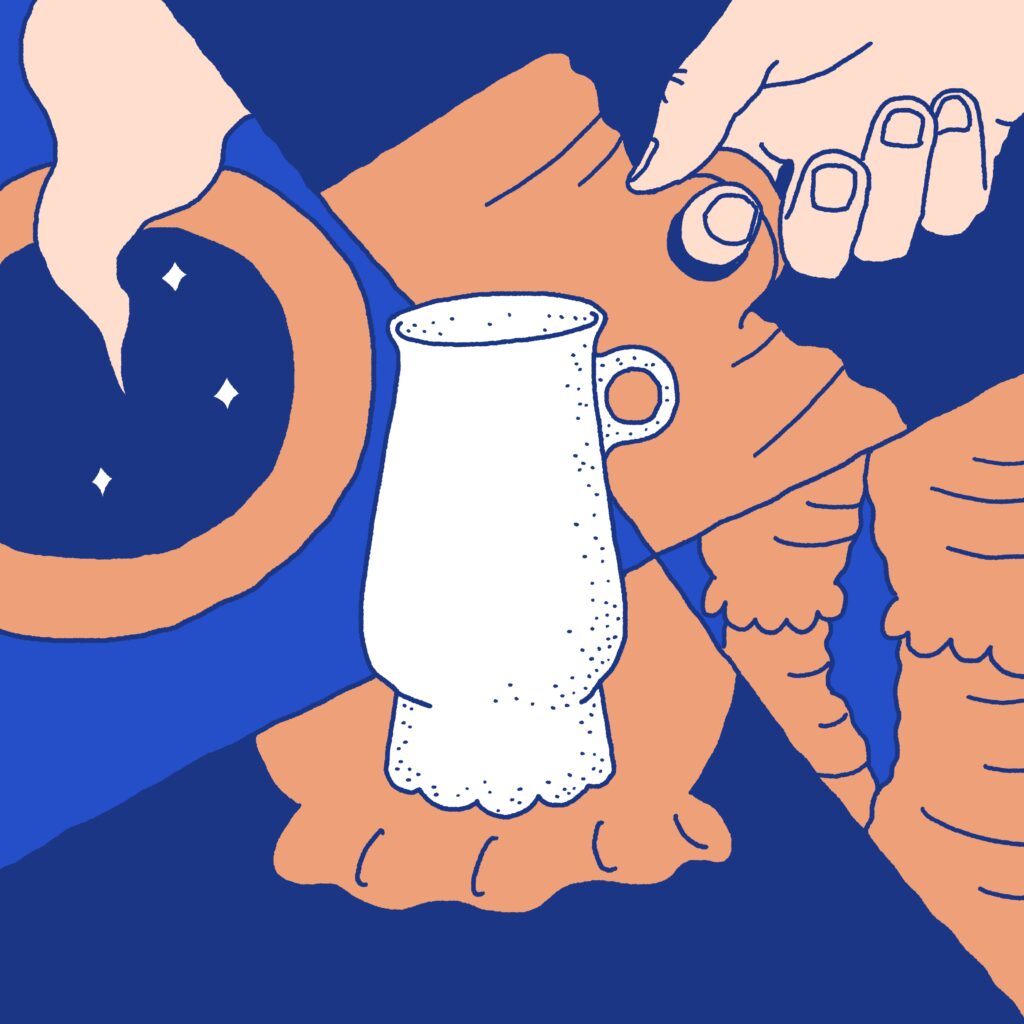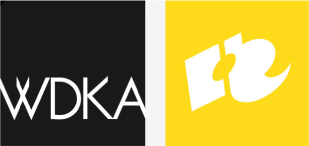The design research
As a maker, I enjoy making ceramics, especially crafting tableware that cherishes our daily essentials.
As a ceramist I researched historical artefacts by reconstructing (re-making) all aspects of the medieval Jacoba Jug. As a result of this research I made a graphic novel that documented my journey of following a Jacoba jug: a piece of medieval day-to-day ceramic ware. It unveils the story behind it while developing my own role as a maker, working tangibly in this world of design research.
By asking questions that arise from my maker instinct, I explore tangible methods to interact with the theoretical knowledge behind this historical piece. This process led me to research this jug from five different aspects: Manufacture, Interaction, Gastronomy, Geography, and Relationship, while producing an “informative replica” and a “sensory replica” to help me experiment with the historical context.
Inspired by the concept of “Wunderkammer,” I am trying to visualize and display the references of my research. That’s how the “Participatory Replica”: re-Jacoba jug was born. I made a new ceramic jug inspired by the original Jacoba jug, which became a canvas that allowed me to interact and share the process of making.
I hope my interpretation of the Jacoba jug can help curious makers like me, who enjoy delving into the story of a historical object, develop our own language of research, and make the knowledge we gather accessible. For ourselves, for experts on both sides of tangible and intangible knowledge, this process of exploring specific artefacts offers a new network of soft knowledge that we can relate to and create with.
If you are interested in medieval times, early German stoneware, archaeology, pottery, brewing beer, and tactile research, or maybe simply enjoy reading a graphic novel about a maker’s journey, then this is the book for you.
Cheers to the Jacoba jug, the medieval makers in Siegburg, and the archaeologists who passionately contributed their own interpretations.


The new practice
The future that I am manifesting is one where, while providing my services as an educator and product designer, I actively collaborate with different experts, form artistic research that unveils the story behind historical artefacts, and stretch the borders of my knowledge. By challenging the format of the final design with my maker quality, I hope to share our research with wider audiences.
Needless to say, after my master’s study, driving my research as an active maker in a non-institutional setting could be a challenge. However, I believe there is a wonderful playground between tangible and intangible knowledge that will allow me to work with a variety of experts and their expertise. Together, we can cultivate new knowledge and new interactions about historical artefacts, learn from history, and make the knowledge we gather accessible.
In my publication Following Jacoba, I proposed the following lexicon as my method to interact with historical artefacts:
#Informative replica
#Sensory replica
#Participatory replica
#Wunderkammer
Informative replica
The informative replica is a quickly-made replica of the artefact that allows us to experiment with the object. In this replica, we are not chasing the accuracy of the replication; instead, we need a mock-up that provides the basic function of the original artefact. Interacting with it brings new questions that could lead to the next step of research.
Sensory replica
A sensory replica is assigned to the historical artefact that is connected with specific sensory experiences. Our human sensory instincts have a lot of similarities, finding ways to recreate this sensory experience will help us explore the reasons behind the details of historical artefacts.
Participatory replica
A participatory replica is assigned to the historical artefact that involves a variety of craftsman skills and material knowledge. By taking the essence of the original artefact and combining it with the interpretation and expertise of the researcher, we can create a new object that the original one could have coexisted with. The participatory replica allows the researcher to interact with the historical context again and document the process of making it in a tangible format.
Wunderkammer
Wunderkammer is a method of visually curating information. Inspired by the concept of the “Wunderkammer,” the “cabinet of curiosity,” it combines the informative replica, sensory replica, and participatory replica to visualize and display the process and the references of the research.




the designer

I am a ceramic nerd + everyday object enthusiast. Next to that I am an educator, storyteller and maker interested in different aspects of ceramic, and the story it brought along.




